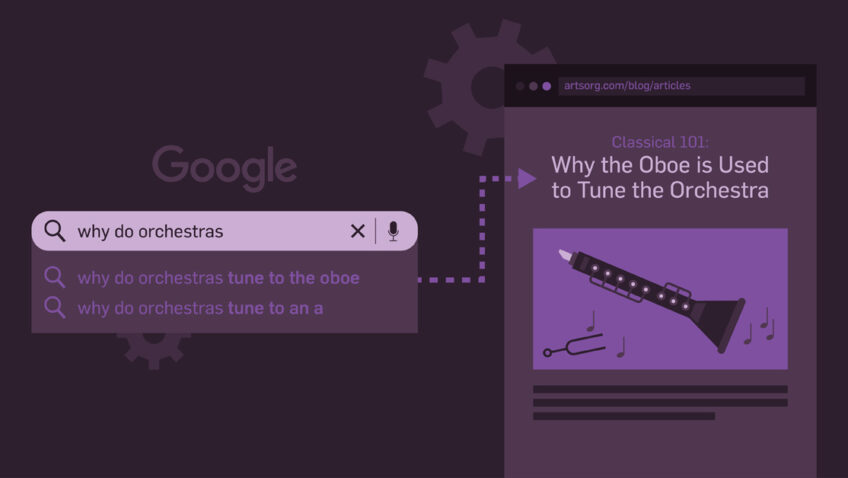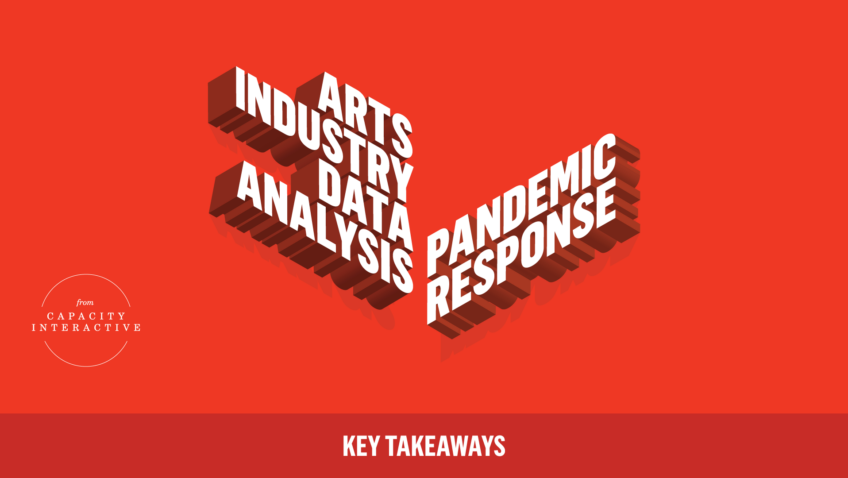Nailing Social Storytelling from the Ground Up
Cincinnati Playhouse in the Park (the Playhouse) nails social content. If you’ve ever wondered how organizations like them get so good at social storytelling, but worried the answer involves lots of staff and money, fear not!
It’s true, the Playhouse invested a great deal to get there- but it’s within reach for any organization. Here’s a look at their investment and the payoff.
But first, let’s cut through the marketing jargon and get clear on what social storytelling is:
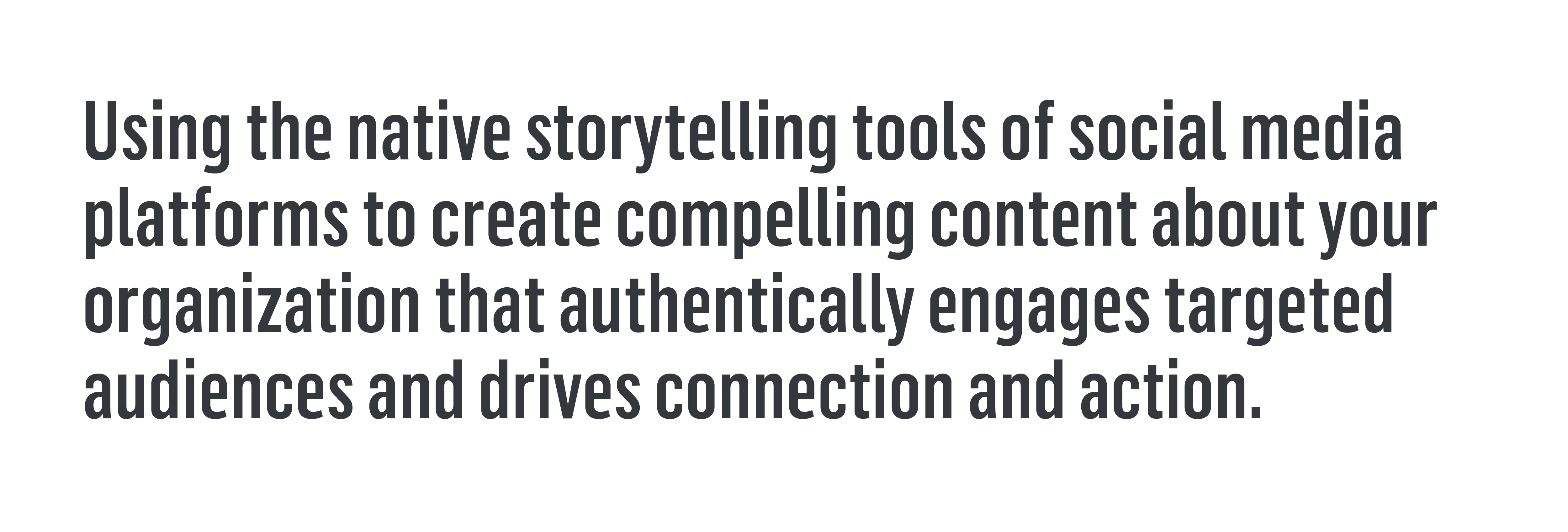
The Playhouse’s Challenge
When we first started working with the Playhouse in 2015, digital marketing (let alone social storytelling) was one small slice of the marketing department’s overall responsibilities, and they ran up against some very common challenges that may sound familiar. How many of these boxes can you check?
- Staff is spread thin and works on a tight planning calendar
- Limited creative assets available and no surplus budget to find more
- Artistic production timelines that make it impossible to have photo and video assets of the show when ticket sales start
- Limits on assets once they are available (due to contracts or copyrights), or departmental precedent that keeps things seemingly off limits
A New Approach to Social
We rolled up our sleeves and worked hand-in-hand with the Playhouse for a season to build their tracking capabilities and permission marketing base, and together produced data-backed successes through SEM, display, and Facebook campaigns. Seeing the potential in how smartly targeted digital content engaged their patrons, the Playhouse developed an entirely new outlook that shook up staff and resources.
Build the Right Team & Collaborate
When a senior marketing team member left in 2016, Director of Marketing and Communications Kathy Neus seized the opportunity to reconfigure staff to better fit the department’s evolved needs. Rather than keeping a top-heavy department, Kathy split the role into two, adding a Digital Marketing Manager (Aly Michaud) and a Content Marketing Manager (Natalie Hulla) to unequivocally prioritize digital content.
Like most organizations the Playhouse has to get creative (no pun intended) to generate the assets they need. It’s all hands on deck as they use iPhones to take in-house video and tap their standard computer software to stitch together slideshows. Aly and Natalie work (and rework) content for each platform and each campaign to get it just right over the course of the season. For their production of Little Shop of Horrors, you can see the evolution of content as Aly acquired more assets over time:
Dress Rehearsal production shots —
A slideshow using still photos, giving the feel of a video —
Finally, video of the production —
Aly focuses on matching content to the right platform, knowing what plays on Facebook will be different from that on Instagram. If the story is told well, it will call users to action naturally, and they don’t have to rely on sales-like, formulaic CTAs.
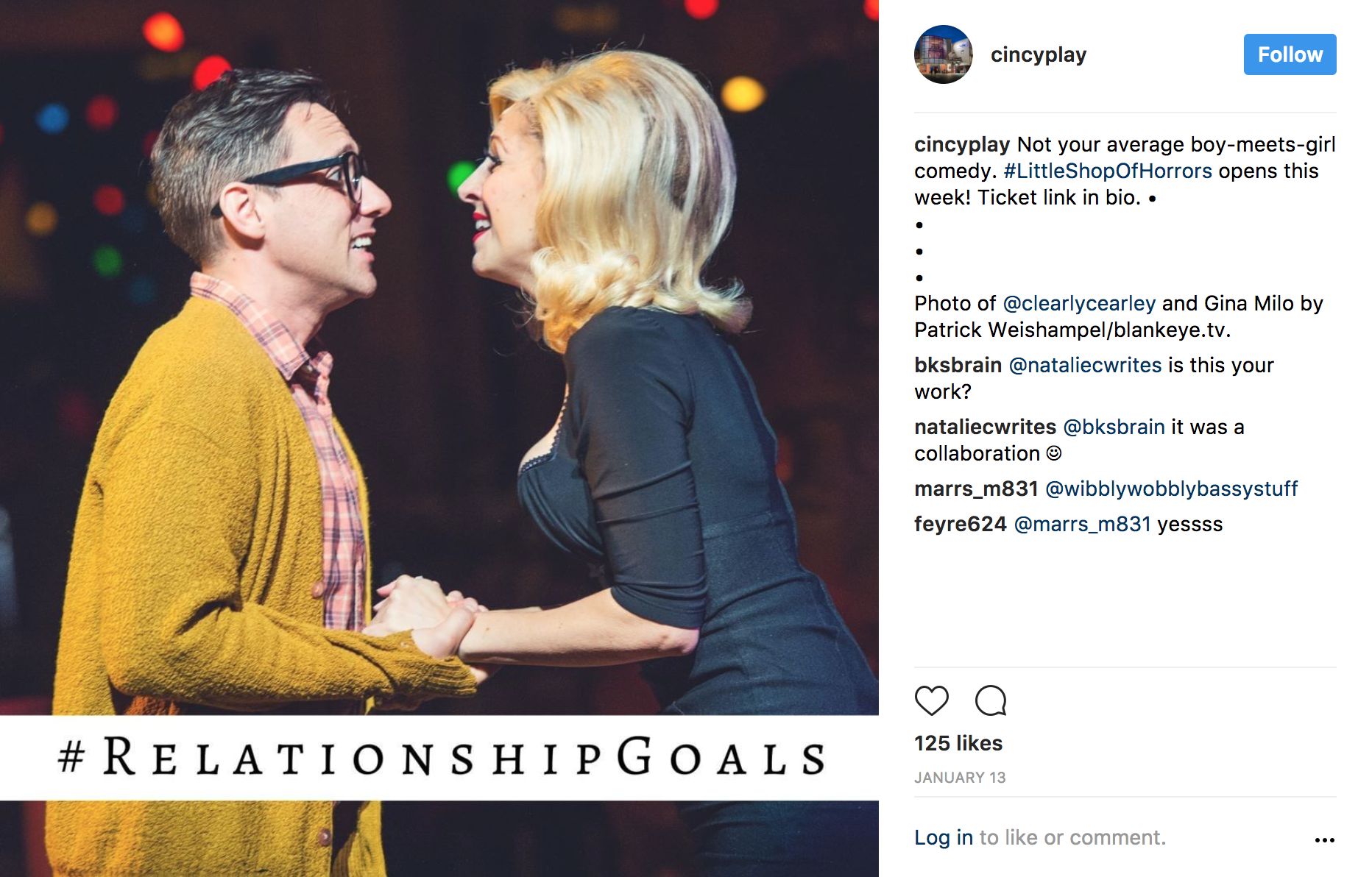

Their Instagram content is fun and cheeky, tapping into hashtags and popular references in a fun and unexpected way.
To keep things fresh and not over-use traditional assets (like production photos), they experiment often and tap departments across the organization to source materials:
Collaboration is the name of the game for the Playhouse now. Aly relies on the relationships she’s made over time within each department as she makes her “asks” for access or materials. She’s learned that clearly-communicated goals and outcomes are key to getting buy-in. For bigger “asks,” Kathy works with other department heads and advocates for her team. It’s a family effort- both the Managing and Artistic Directors are aware of, and frequently tapped, for approvals and support.
Plan, Revise, and Plan Some More
Twice a season the entire marketing and sales team, led by Kathy, meets to create the overarching marketing plan for their season. These meetings set a cohesive messaging strategy, keeping everyone on track and the organization’s brand identity and marketing goals in sight. Social media is a key component and many content ideas have their genesis there.
Back at the marketing conference table, Aly leads regular brainstorming meetings with a smaller group ahead of specific productions to generate a portfolio of content ideas and nail down the most compelling messaging. She has a souped-up online calendar for planning and tracking campaigns, and it’s a “living” document that is often refined. There are many ways to manage this planning process, and each organization should find the right pattern to suit their needs- the key takeaway is that planning is an ongoing and active process.
If this all sounds like a lot of work, here’s an example of how the planning pays off as pieces come together in their campaigns. For A Christmas Carol, the Playhouse brought a fresh approach to their annual production through humor and behind-the-scenes access to give audiences a new view on their perennial classic:
Hopefully you’re feeling energized knowing that re-tooling your approach to social storytelling is possible. But does it pay off in revenue? Oh, yes!
Prioritize Resources
The Playhouse’s annual production of A Christmas Carol provides an apples to apples comparison before and after their revamped approach. Great social storytelling strongly contributed to our ability to scale the Facebook results and return strong revenue, a lower CPA, and a higher ROI in 2016 compared to the previous year. Plus, they realized the cap for positive returns on media spend is much higher than previously thought.
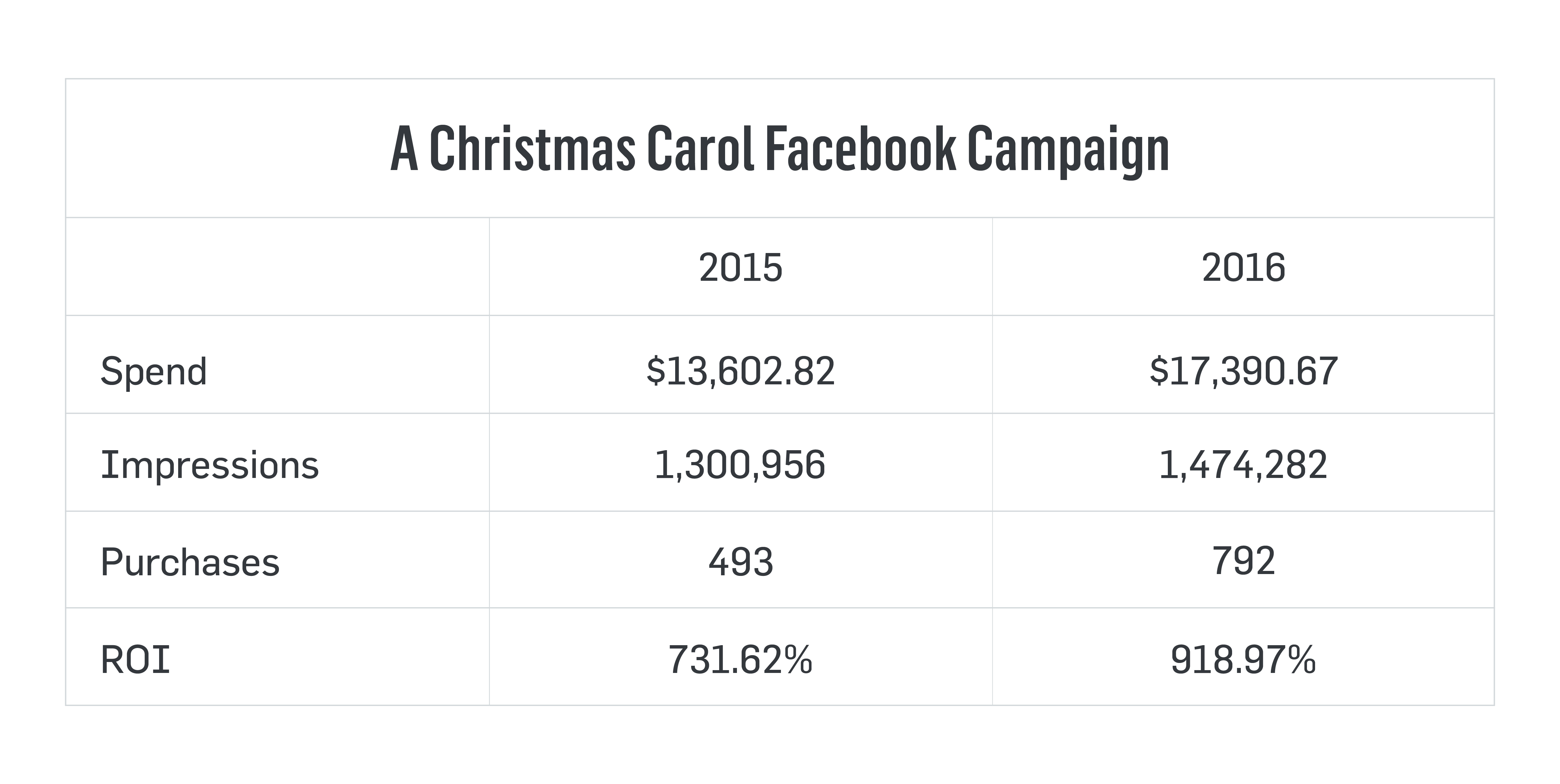
Target Powerfully
Since the Playhouse started working with CI, they’ve allocated more and more of their media dollars to digital (and social media in particular), based on engagement and revenue results like these. Consensus was built around the importance of these data-backed changes all the way up to the Managing Director.
Aly uses her CI team as an outside perspective to evaluate ideas and coordinate on segmentation. Doing so ensures that our targeting precisely amplifies the strong content the Playhouse brings to the table and delivers the most relevant content to subsets of patrons based on their ever-evolving relationship with the Playhouse. CI is able to tap the Playhouse’s permission marketing base (via email addresses and remarketing pools) as well as behavioral-, interest-, and relationship-based targeting to drive desired conversions.
Takeaways:
We’re passionate about the power of Facebook and other social media platforms to sell tickets and effectively reach the right audiences for arts organizations. Data clearly show that social media outranks organizations’ websites as a source of information and as an effective landing page for our most valuable audiences.
On board? We hope so! But even if you’re ready, we know it’s not easy to make the switch. Here’s a checklist of the key ingredients for a strong social storytelling practice:
- Have a clear view of your organization’s identity and goals.
- Determine how social media fits into your overall audience engagement and marketing strategies, then document goals and KPIs so the whole organization is working off the same plan.
- Prioritize staff resources and allocate budget to social.
- Get staff with the right skills on board:
–native ease with the platforms
-a strong eye for content including video
-a natural and adaptable writer
-an attitude of experimentation, exploration, and fun. - Know your audience and where to reach its many constituent segments.
- Plan your campaigns, adapt, and then plan some more.
- Collaborate with partners to propel social content through targeted campaigns.
- Look outside your organization for ideas and inspiration! Here’s a social calendar to get you started.





